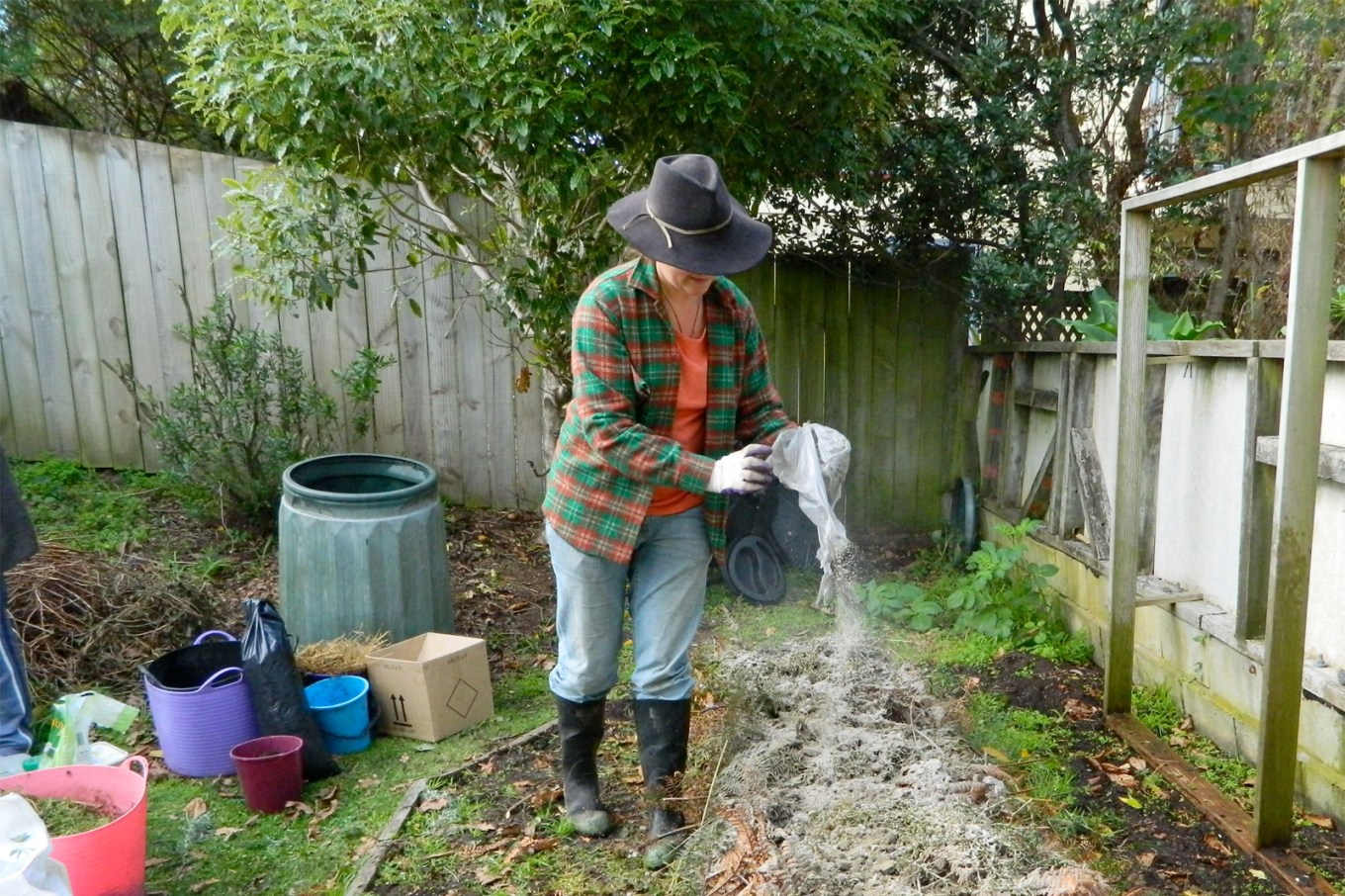Your plants need food — nitrogen, phosphorous, potassium — to grow healthy and strong. But they don’t know the difference between store-bought fertilizers and the tonics you mix up yourself.
So save some money (up to $12 for 32 oz. of organic plant food) and use these low- or no-cost ingredients to make your own slow-release fertilizer. Your plants and pocketbook will thank you.
Nutrients Plants Need
Plants needs a well-balanced diet of:
- Nitrogen: Promotes leaf growth.
- Phosphorous: Stimulates root growth.
- Potassium: Aids flower and fruit development.
Plants also need “micro-nutrients” in small amounts, including calcium, sulfur, magnesium, zinc, and iron.
First, test your soil to determine which nutrients it lacks. You don’t want to add, say, a nitrogen-rich fertilizer if nitrogen already is abundant.
A professional soil test costs less than $20 and will tell you everything you need to know about what’s in your soil. Contact your local extension agent to find a soil-testing laboratory near you.
Fish-Emulsion Fertilizer
Why: Fish guts, bones, and heads are good sources of nitrogen, potassium, phosphorous, and amino acids.
How: During the year, collect and freeze fish parts, leftover tuna, and sardines so you’ll have enough to make gallons of fish emulsion in spring.
Add 1 part fish to 2 parts water in an airtight container, and place it a sunny spot far from your house (because it’ll stink). Stir every two days as the soup cooks; in about two weeks, apply to your garden soil at 3 gal./100 sq. ft. Leafy greens, beets, Brussel sprouts, and broccoli love it.
Peeing On Your Veggies
Why: Sounds gross, but human urine is rich in nitrogen, potassium, and phosphate, a well-balanced meal for plants. Rose gardeners know their flowers love it. Fresh urine from a healthy person is sterile, so you can feed it to veggies, too.
How: Pee straight from the source is highly concentrated and can burn plants, much the way dog pee turns grass brown. Make sure you dilute it 1 part pee/10 parts water. Then soak plant roots. Good for leafy greens, cabbages, cucumbers, and roses.
Soak Your Plants in Epsom Salts
Why: Epsom salts consist of magnesium — critical for seed germination and chlorophyll production — and sulfur — key for protein production and plant growth. A dose of an Epsom salts solution increases fruit and flower production in roses, tomatoes, potatoes, peppers, and houseplants.
How: Combine 1 tablespoon of Epsom salts to 1 gallon of water. Spray foliage with the solution for best results.
Save Your Wood Ash
Why: Wood ash not only adds calcium (good for root growth) and potassium (promotes seed and fruit formation) to soil, but it also raises the pH of highly acidic soil, making it friendlier to neutral pH-loving plants, such as most vegetables. (Don’t use it in blueberry gardens, which like acidic soil.)
How: Apply wood ash straight from the fireplace to your garden: Dig in 5 lbs./100 sq. ft.
Adding Crumbled Eggshells
Why: Eggshells are rich in calcium. A calcium deficiency in tomatoes will cause blossom rot, that ugly brown patch on the bottom of the fruit.
How: Place crumbled eggshells in the bottom of your planting hole, or dig them into the soil around the base of your tomato plant.
Bonus: If slugs plague your garden, place crumbled eggshells around the bottom of plants. The shards will cut the slimy pests.
